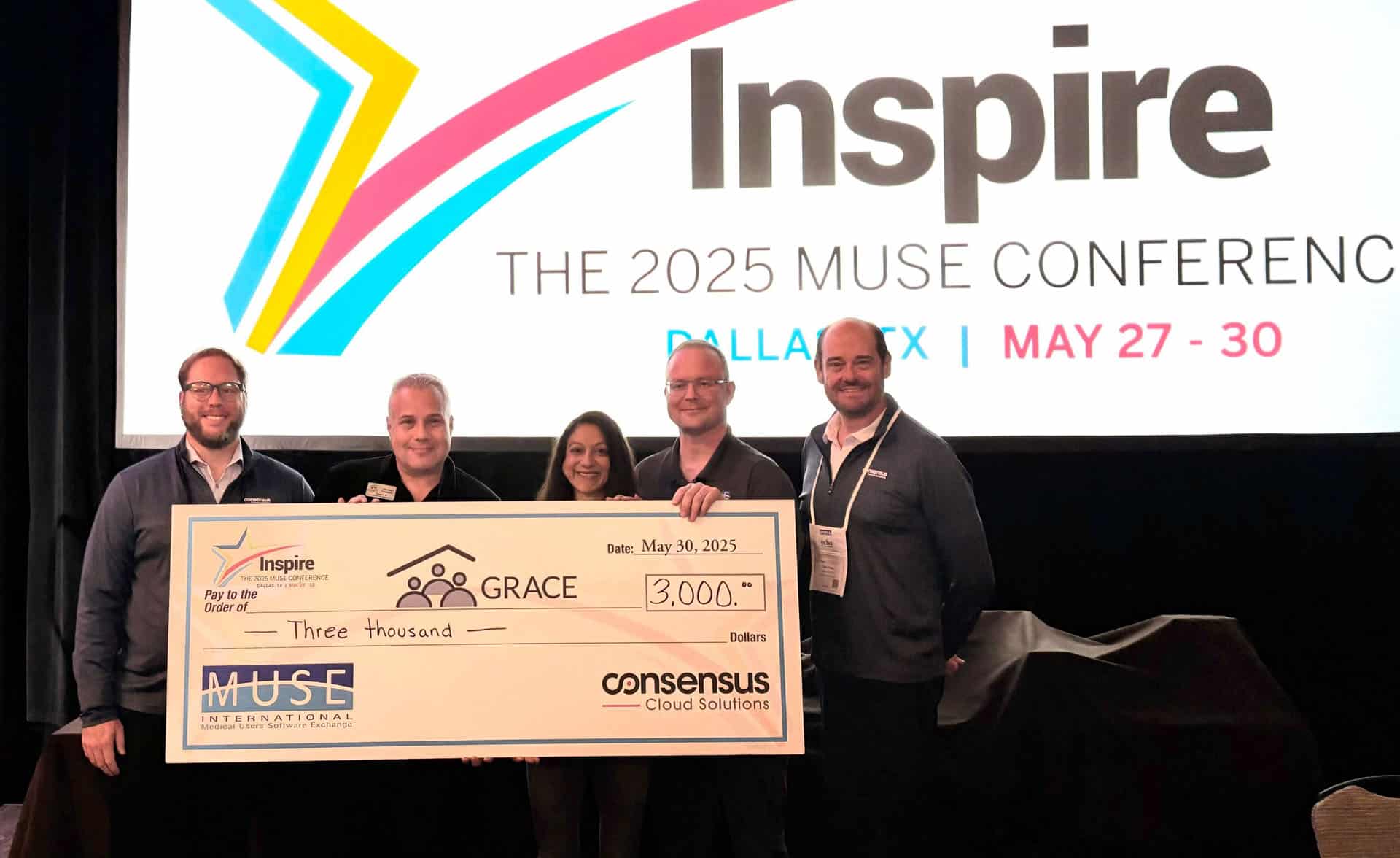Top 3 Takeaways from HLTH 2025
By now, it should go without saying that AI will be a dominant theme at any healthcare conference, and HLTH 2025 was no exception. On the first day of the conference, which drew more than 12,000 attendees, the chief physician executive of the American Hospital Association joked that his panel discussion had to hit a...









